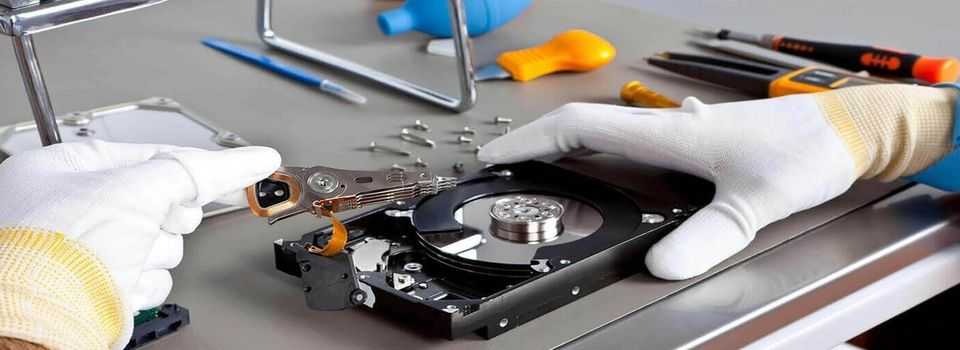A cleanroom, often known as a particle-free environment, is a meticulously constructed space with an extremely low percentage of airborne particles. It is well-segregated, contaminated-controlled, and cleaned on a regular basis. Such rooms are Orlando Data Recovery usually specified in scientific research and commercial operations for all nanoscale activities, such as semiconductor fabrication. Everything is kept out of a cleanroom, including dust, airborne viruses, vaporized particles, and the product being handled.
The air purity of cleanrooms is used to classify them. In a cleanroom, the number of particles larger than 0.5 mm found in one cubic foot of air is monitored. This metric phrase is also acceptable in the most recent 209E edition of the Orlando Data Recovery standard. Cleanrooms, basically, are categorized based on their necessity and intended use. The cleanroom’s operation and the quality of air it supplies will play a big role in its classification. The FED-STD-209E standards classify cleanrooms based on the maximum number of particles allowed in each cubic meter of air as well as their size. Federal Standard 209E is used in the United States.
TC 209 of the International Standards Organization is a more recent standard. In both standards, the amount of particles detected in the air at the laboratory is used to designate a cleanroom. The cleanroom ISO standards 14644-1 and FS 209E require a particular count of particles and calculations to identify the cleanliness level of a cleanroom or clean area. In the United Kingdom, cleanroom categorization is done using British Standard 5295. This standard will soon be replaced by BS EN ISO 14644-1.
Cleanrooms classification is based on the size and number of nanoparticles allowed per cubic foot of air. The terms “class” and “class100” are used in the FED STD-209E to describe the maximum number of particles of 0.5 m or greater allowed per cubic foot of air. Interpolation is also allowed by the standard, allowing for descriptions like “class 2000.”

The ISO 14644-1 standard represents the decimal logarithm of the number of particles 0.1 m or larger that can be allowed per cubic meter of air. For example, a class 5 ISO cleanroom has no more than 105 = 100,000 particles per m3. In both FS209E and ISO 14644-1, the particle size and particle concentration are presumed to be log-log. As a result, a particle concentration of zero is impossible to achieve. Room air has a classification of 1,000,000.
It is a turbulently ventilated area that collects clean, pure oxygen from ceiling air diffusers. This air combines with the indoor air and removes airborne contaminants through the air ducts at the bottom of the walls. Air changes are frequently greater or equal to 20 per hour, which is substantially higher than Twitter in common areas such as workplaces. In this sort of cleanroom, pollution from humans and machinery is combined and diluted with airflow before being removed.
High-efficiency filters are installed in the ceiling (or, in certain cases, the wall) to deliver air. This air flows unidirectionally all over the room at about 0.4 m/s (80 ft/min) and leaves through the floor, dispersing the impurities. Despite the fact that this method uses more air than a turbulently ventilated cleanroom, the directed airflow decreases contamination spread and sweeps it away through the floor.
Clean air equipment like unidirectional benches or isolators is employed in both turbulent and unidirectionally ventilated cleanrooms.




